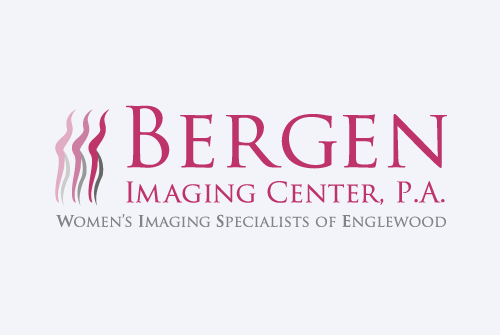Your breasts in your 30’s
While your breasts may not be as firm and pert as they were in your 20’s, most women still have good tone and elasticity. That said, for women who go through pregnancy, giving birth takes its toll. During pregnancy, your breasts grow, only to deflate after you’re done breastfeeding. This can cause stretch marks and sagging.
Common Breast Health Concerns in Your 30’s
Pain caused by fibrocystic breasts This condition is benign and doesn’t cause breast cancer, but can result in tender, lumpy feeling breasts.
Mastitis is an infection that causes pain, swelling, and redness. It usually occurs in women who are breast feeding, but not always.
Breast Care for 30-Somethings
Do monthly self-breast exams, and see your gynecologist annually. If a first-degree relative had breast cancer, schedule a mammogram at age 35.
Your breasts in your 40’s
At this age, regardless of whether or not you’ve given birth, your breasts will start to droop and sag. Exercises that work your pectoral muscles (like push-ups) can help minimize the effects of gravity.
Common Breast Health Concerns in Your 40’s
Breast cysts As your body prepares for menopause, hormonal changes lead to harmless cysts.
Breast Care for 40-Somethings
Do monthly self-breast exams, and see your gynecologist annually. Schedule your first mammogram at the age of 40.
Your breasts in your 50’s
As you enter your 50’s, gravity takes it toll. Your breasts are comprised almost entirely of fat as your body prepares for menopause.
Common Breast Health Concerns in Your 50’s
Breast cancer When you hit 50, your chance of developing breast cancer is 1 in 38. So it’s imperative to pay close attention to any changes in you breast tissue.
Breast Care for 50’s & Up
Annual mammograms are a must—as are monthly self-breast exams, and regular check-ups with your doctor.

